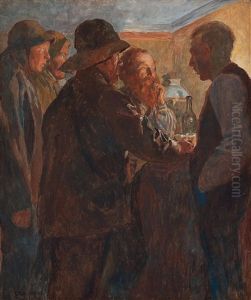Carl Wilhelm Wilhelmson Paintings
Carl Wilhelm Wilhelmson was a distinguished Swedish painter and art professor, born on May 14, 1866, in Fiskebäckskil, Sweden. His life and career were deeply intertwined with the development of Swedish art at the turn of the 20th century. Wilhelmson showed an early interest in art, which led him to study at the Royal Swedish Academy of Arts in Stockholm. His education there laid the foundation for his artistic career, during which he became known for his skillful portrayals of everyday life and the Swedish landscape.
After completing his studies, Wilhelmson spent significant periods in France, particularly in Paris, where he was influenced by contemporary movements such as Impressionism. This experience enriched his palette, loosened his brushwork, and introduced a lighter, more vibrant approach to capturing light and atmosphere in his paintings. Despite his international experiences, Wilhelmson remained deeply connected to his Swedish roots, often depicting scenes from the west coast of Sweden, especially the Bohuslän archipelago, where he was born.
Throughout his career, Wilhelmson was also deeply involved in education. He became a professor at the Valand Academy in Gothenburg, where he influenced a new generation of Swedish artists. His teaching philosophy emphasized the importance of direct observation and plein air painting, encouraging students to engage directly with their environment.
Wilhelmson's work was widely recognized in his time. He participated in numerous exhibitions both in Sweden and abroad, contributing significantly to the reputation of Swedish art internationally. His paintings are characterized by a robust and expressive brushwork, a keen observation of light and shadow, and a profound empathy for his subjects, often depicting fishermen, farmers, and family life with a dignified realism.
Carl Wilhelm Wilhelmson's legacy is preserved in several major Swedish art museums, including the Nationalmuseum in Stockholm and the Gothenburg Museum of Art. His contributions to Swedish art were not limited to his paintings; his influence as a teacher and mentor shaped the development of numerous Swedish artists in the early 20th century. Wilhelmson died on May 17, 1928, in Gothenburg, but his work continues to be celebrated for its vibrant depiction of Swedish life and landscapes.
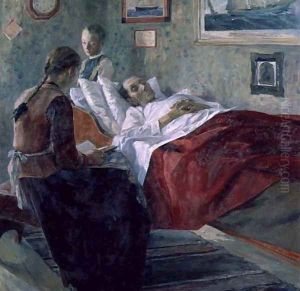
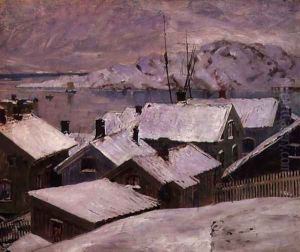
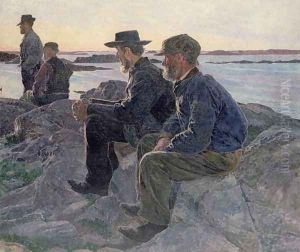
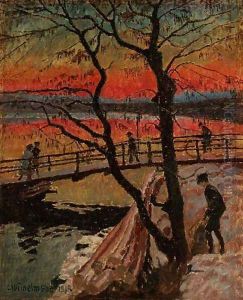
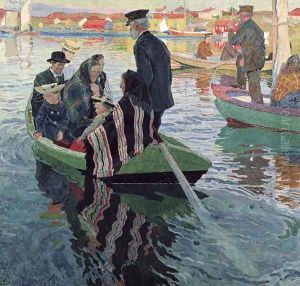
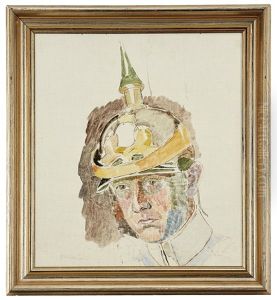
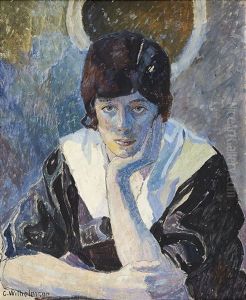
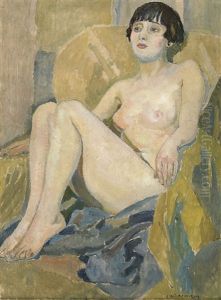
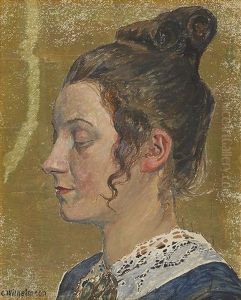
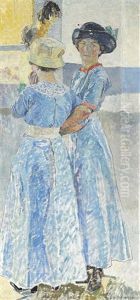
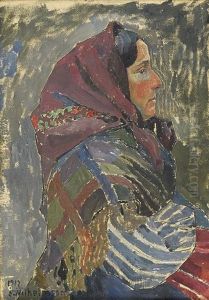
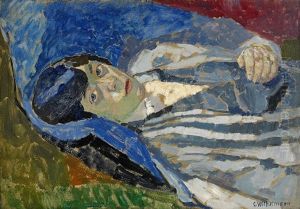
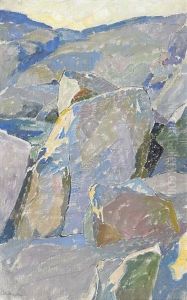
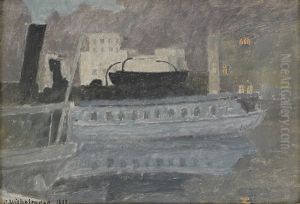
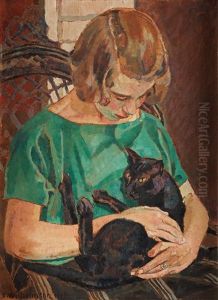
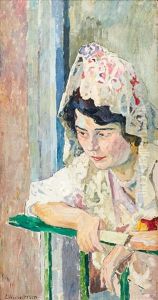
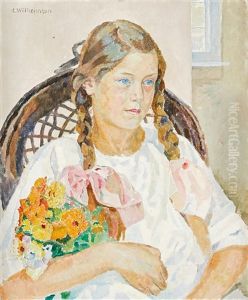
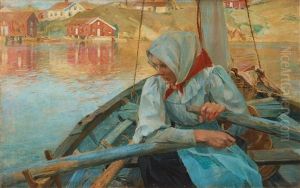
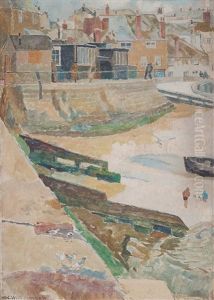
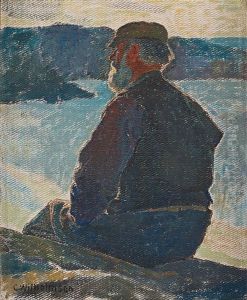
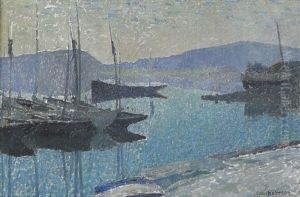
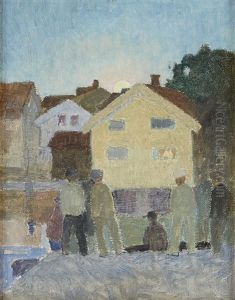
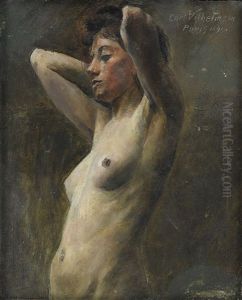
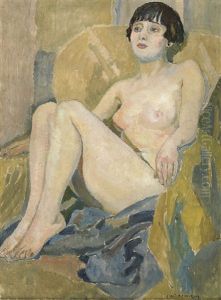
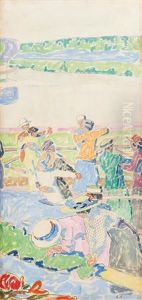
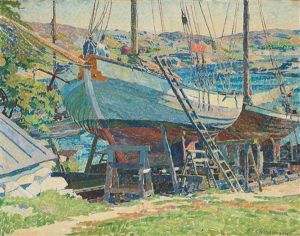
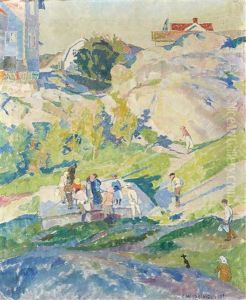
![Vinterlandskap (vy Fran Kvarnberget, Fiskebackskil) [winter Landscape, View From Kvarnberget, Fiskebackskil]](https://www.niceartgallery.com/imgs/4401253/s/carl-wilhelm-wilhelmson-vinterlandskap-vy-fran-kvarnberget-fiskebackskil-winter-landscape-view-from-kvarnberget-fiskebackskil-f339a5f5.jpg)
